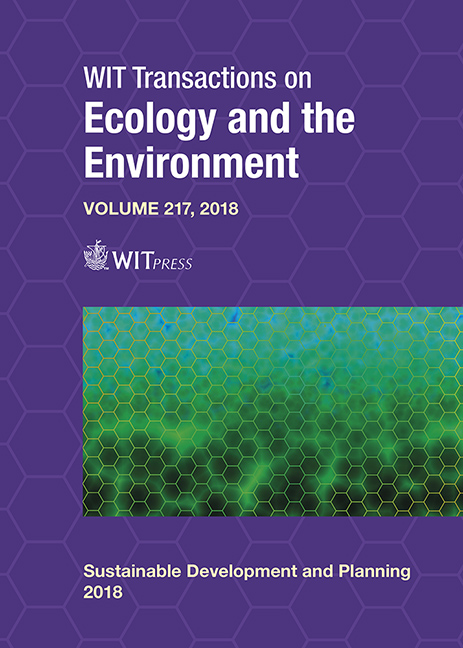PLANNING FOR SUSTAINABILITY IN THE AUSTRALIAN PULP AND PAPER INDUSTRY
Price
Free (open access)
Transaction
Volume
217
Pages
11
Page Range
93 - 103
Published
2018
Size
247 kb
Paper DOI
10.2495/SDP180091
Copyright
WIT Press
Author(s)
WILLIAM J. HURDITCH
Abstract
Securing domestic production of pulp and paper is important for Australia due to the country’s relative economic isolation and its historical reliance on imports of paper and other forest products. However, Australia has had a chequered history of dispute and investment risk surrounding major pulp and paper developments. A brief history of this industry sector’s development reveals a complex interplay between science, community sentiment, ideology, politics and regional development imperatives. A lack of suitable sustainable planning instruments and approaches has hindered advancement towards the balanced, modern development of the industry. In New South Wales, the State planning law was one of the first, globally, to embrace and explicitly include attention to the principles of ecologically sustainable development for all project assessments. It has enabled, with its suitably-applied regulatory apparatus, the successful approval and environmental permitting of a number of major industrial projects which have embodied many of the attributes of modern circular manufacturing. A case study of such a successful major investment in the pulp and paper sector is presented. The study highlights the central importance of up-front sustainability commitments by project proponents in their engagement with the community through the statutory planning system. In concert with timely and efficient performance monitoring and reporting disciplines, a high degree of investment certainty for such ambitious projects has been possible. It is concluded that, as well as good science and transparent assessment processes, success in major industrial projects required the adoption of a culture of continuous innovation and process improvement, throughout the life of the project, to realise genuinely sustainable development.
Keywords
Australia, planning law, pulp and paper, circular manufacturing





